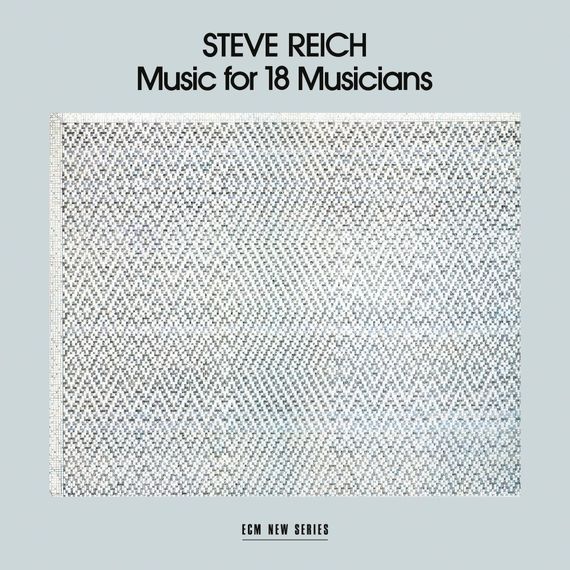Music has a plural form: musics. We rarely use it in everyday language, but we still understand that music comes in many forms. For example, there's art music, folk music, or commercial music. Yet, when we take a closer look, we quickly realise that the overlaps between these categories are just as significant as the differences between the typical examples we think of. Try describing different types of jazz this way, for instance. There are many other ways to classify music based on different characteristics, but they can be just as ambiguous. Concert music, religious music, and functional music, for example, aren't clearly defined categories either. You can try this exercise with Johann Sebastian Bach's cantatas or the works of Jean-Baptiste Lully.
The same applies to notated, composed, orally transmitted, or improvised music. Music seems like one big, bustling ecosystem where, depending on how we shine a light on it and the lens we use to view it, different relationships of difference and similarity come to light. When discussing interactions between different types of music, it's crucial to clearly define what we're talking about. In Steve Reich's case, there's talk of integrating elements from non-Western music cultures into Western classical tradition. But what does that really mean?
The Western classical music tradition was of course never sealed off in a hermetic bubble from the outside world. Throughout music history, cultural interactions can be traced, some more visibly (or audibly) than others. Many composers have also consciously worked with elements from 'other' musics at certain times. Sometimes this happens in a rather superficial or anecdotal manner, sometimes on a structural level. The underlying motives range from purely musical or programmatic to political considerations. A combination of perspectives can be found in the 'National Schools' of the nineteenth century, where composers integrated characteristic elements from local folk music into their classical works. Not only did their compositions thereby acquire a distinct 'color', but they also purposefully used the ‘uniqueness' of melodies, rhythms, and harmonies to enrich the classical idiom or, to put it more sharply, to pry open its boundaries. This second ambition became more prominent in the first half of the twentieth century.
A handful of American composers made connections between the classical music tradition and the music of Native Americans (Charles Wakefield Cadman), their African-American background (William Grant Still), or their distant native land (Chou Wen-Chung). Composers like Olivier Messiaen and John Cage sought and found solace in Eastern music, breaking away from traditional Western paradigms. For Messiaen, this meant discovering a radically different approach to rhythm, while Cage, through the chance operations of the Chinese oracle book I Ching, could redefine his role as a composer entirely. Henry Cowell, Harry Partch, and Lou Harrison also delved into other musical cultures in search of sounds, techniques, and insights that could fundamentally disrupt the conventions of Western classical music.
A generation later, many representatives of minimal music show a significant interest in non-Western music cultures. For Philip Glass, the study of Indian music marked a pivotal moment in the development of his musical thinking. Likewise, La Monte Young and Terry Riley found fruitful connections between Eastern music traditions and their own compositional quests. In Steve Reich's case, his fascination with African percussion, Indonesian gamelan, and Hebrew cantillation extends from the aesthetic direction he had previously embarked upon. It is his focus on repetitive rhythmic patterns and gradual transformations that leads him to similar techniques in other musics, rather than the other way around.
DRUMMING
In 1970, Steve Reich traveled to Ghana to study African percussion. His study trip was cut short due to a malaria infection, but the impressions he gathered quickly manifested in Drumming (1971). This work is expansive, featuring a large ensemble of percussion (nine musicians) and three or four vocalists. It is much more colorful compared to many of his earlier compositions, which often focused on a single instrumental timbre. Aside from the ensemble, the foundational pattern on which the entire composition is based – a measure of twelve eighth notes – directly relates to Reich's African study trip. Structurally, however, Drumming is quintessentially Reich. Phase shifting remains its backbone, complemented by a technique he applies here for the first time. Reich does not immediately present the basic pattern in its entirety; instead, he gradually builds it up from a single note. The repeated 12/8 measure is filled in progressively as rests are replaced with notes. Following this construction process, he then reverses course, gradually removing more notes from the pattern (reduction).
MUSIC FOR 18 MUSICIANS
In 1973-74, Reich immersed himself in Balinese gamelan music (in Seattle, WA and Berkeley, CA), integrating its influence deeply into his work. Music for 18 Musicians (1974-76) is considered a key work in which Reich introduces several new elements. Notably, there is a relentless fast pulse in the piano and percussion parts, reminiscent of the distinctive drive of gamelan music. Moreover, Reich’s significant focus on harmony is groundbreaking: "There is more harmonic movement in the first 5 minutes of 18 Musicians than in any other complete work of mine to date," Reich wrote in the album liner notes. Music for 18 Musicians is built around a cycle of eleven chords, each forming the (static) harmonic foundation of one section. In the brief intro and outro alongside the eleven sections, the complete cycle of chords is reiterated each time. The duration of each chord is determined by the singers and clarinet, with each lasting for two breaths. This aspect also represents a striking innovation. By sustaining tones as long as breath allows, a structure of waves emerges above the driving pulses of the pianos and percussion.


